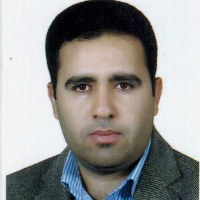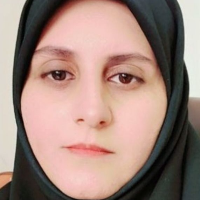Study of polyphony in the Abdul Wahab al-Issawi's novel Al-Diwan al-Isberti based on Bakhtin's idea
Polyphony in literary criticism was first introduced by the Russian theorist Mikhail Bakhtin. And in the second half of the twentieth century, it began with a study of Dostoevsky's novels through which Bakhtin discovered the foundations of freedom of expression. And the rule of the hegemonic system denied the third-person narrator. These bases include: Polyphony and Hetero glossia. And multilingualism is divided into components such as: Hybridation, Stratification, Parody, Dialogic Genre, Special dialogues. Because polyphony has prevailed in the novel Al-Diwan al-Isberti, this novel is written by in Algeria novelist. This article was reviewed by descriptive-analytical method. Al-Issawi illustrated all the political and social events using the five fictional characters of the novel, the history of the islands from 1815 to 1833. Some of these characters are taken from real people of that period. With these phone, he narrates the events of Ottoman domination and French colonization. The novel won the Booker Prize for Arabic Novel in 2020. Al-Issawi chose polyphony for this novel to quote history from several perspectives. The most important results obtained from this study are the existence of the literary pen of the novel. In the dialogism, there is a mixture of the hybrrization component, and a little parody, and there is also the dialogic genre and hetero glassia. The study of this fusion has generally been less considered by researchers in a text.
-
Trans-Compatibility Themes in the Translation of Ghassan Kanafani’s Play A Bridge to the Eternity based on Lance Hewson’s Model of Creative Translation
*, Yazdan Heydarpour Marand
Translation Researches in the Arabic Language And Literature, -
Trinity (Classem, Sememe, and Metasememe) in the Structure of Narrative Discourse Based on the Theory of Joseph Curtes in the Ode "Holom Men Ma'a" by Adeeb Kamal Al-Deen
Parviz Ahmadzadeh Houch *, ,
Research in Arabic Language and Literature, -
Realism Fantasy in the Literature of the Palestinian Child Symmetry of Word and Meaning in Divan's Poetic Discourse Diwan's “Harf Men Ma'a, Qhessatah Hobben Tawila” by the Poet Adeeb Kamal Ad_Deen, a Comparison Based on the Theory of Joseph Curtis
, Parviz Ahmadzadeh Houch *, , Hamid Valizadeh
Journal of Arabic Literatur, -
Analysis of Directional Metaphors (up-down) in the Novel ‘Frankenstein in Baghdad’ by Ahmed Saadawi
Amir Iranpazhoohi, Ali Ghahramani *, Abdolahad Gheibi, Hasan Esmailzade
Research in Arabic Language and Literature, -
Sociological analysis of Maraya Al-General novel based on Lucien Goldman's formative structuralism theory
Vahid Kheiry, Hamid Valizadeh *, HASAN ESMAILZADE, Mahin Hajizadeh
Arabic Literature Bulletin,





